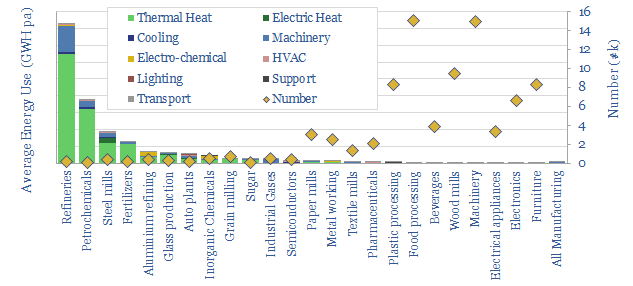
…Of the electricity c50% is for rotating machinery, c10% for electric heat, c10% for process cooling, c7% for electrochemical processes, c10% for facility HVAC and c6% for facility lighting. The…
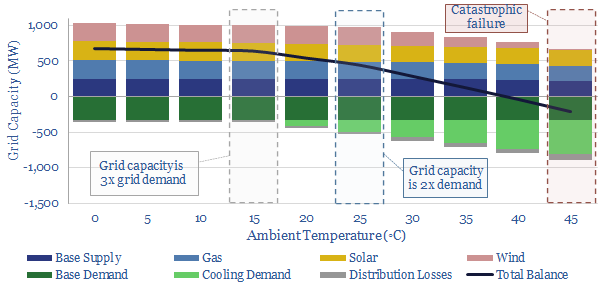
…to immutable laws of physics (which cannot be over-turned by policy-makers, try as they might). Hence our work aims to quantify these temperature sensitivities for cooling demand (page 3), wind…
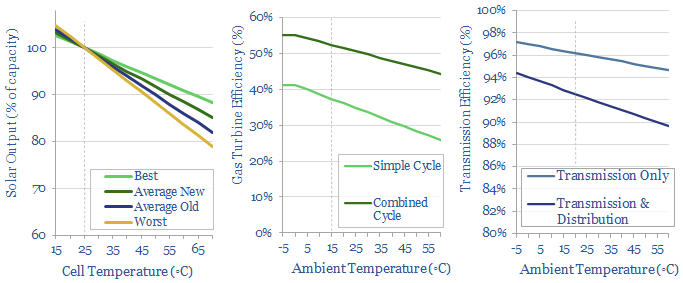
…demand for air conditioning and cooling in general. The two-fold effect of increasing demand and lowering efficiencies can have a huge effect on grid effectiveness. We have modeled a simple…
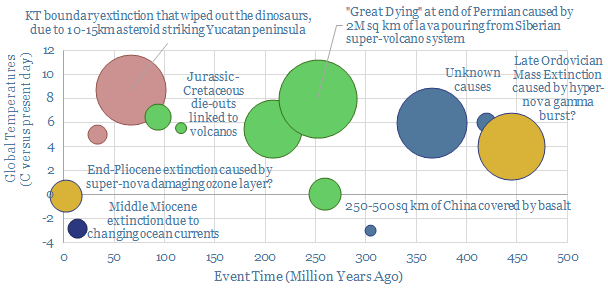
…by warming it or cooling it. Eventually life has rebounded, although it can take 30M years, while re-balancing the planet towards a different mix of species than came before. Full…
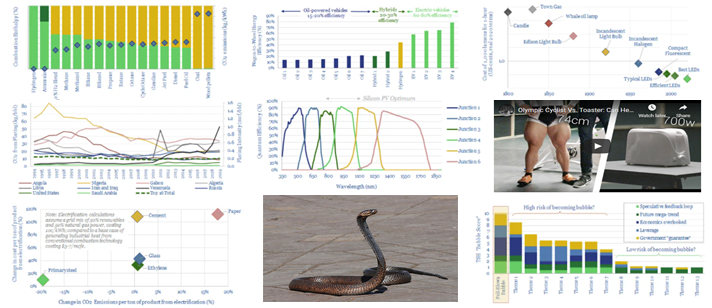
…of thermodynamics, more entropy will be created outside of the cooled substance than is removed from that cooled substance (i.e., cooling cannot be 100% efficient). The third law of thermodynamics…
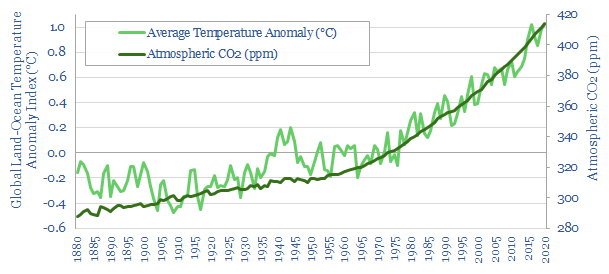
…that of its neighbours. As the general trend has been for a warming climate, this means that some stations showing cooling could be at risk of getting homogenized out of…
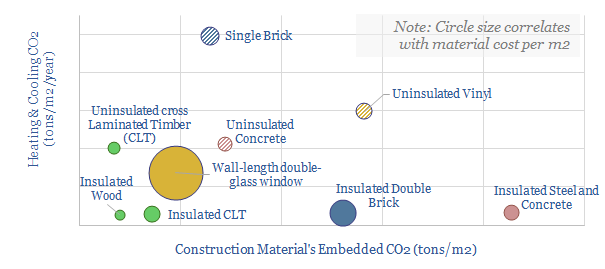
…The file captures both capex and opex: i.e., the production of the materials and the ongoing costs associated with heating and cooling, as different materials have different thermal conductivities. Covered…
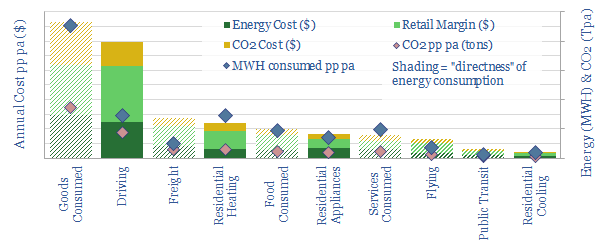
…content, by cost and across ten different categories: goods, services, food, driving, flying, freight, public transit, heating, cooling and residential appliances (chart above). They are also split out by income…
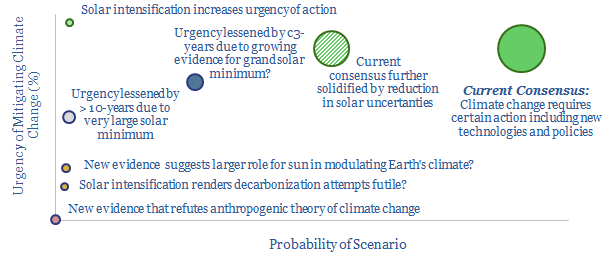
…is expected to end soon” (Barnard et al, 2011). Another study uses a fully coupled climate model to predict 0.25C cooling from a grand solar minimum, between 2020 and 2070…
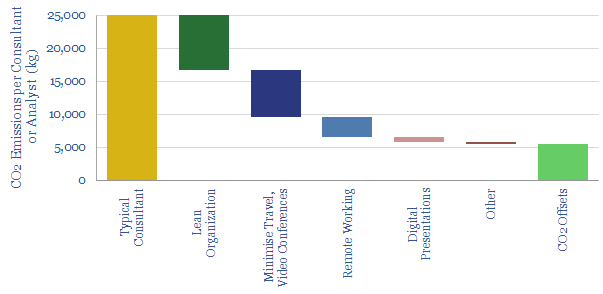
…tons in 2019. 61% was from air travel, 4% from broader transport. 5% was running computers, 5% was data-servers and 3% was other electricity. 13% was materials, 7% was heating/cooling…










